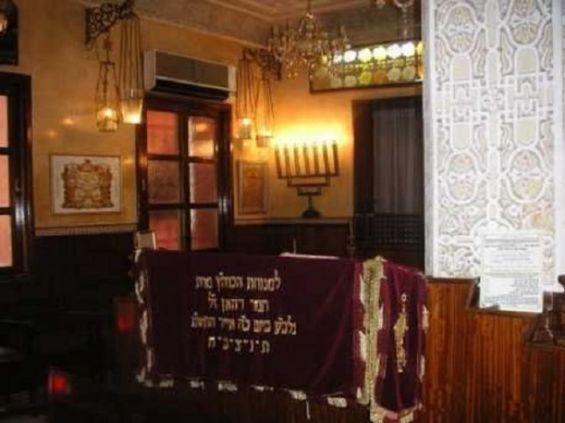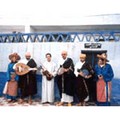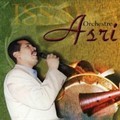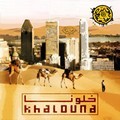Born circa 1839 and deceased, according to the account of his great-great-grandson Roland Benzaken, circa 1918 at the age of 79, Rabbi Chalom Zaoui is one of the symbols of the Jewish community in Rabat.
Although it is hard to track his biography, Zaoui was a respected Rabbi and member of his community, according to several accounts. During his lifetime, Rabbi Chalom Zaoui managed a synagogue, which currently bears his name just like a street of the capital’s Jewish quarter (Mellah).
«By entering its courtyard painted in bright red, one can notice the Moorish style of this synagogue through its trilobe windows, lamps that look like the ones in mosques and its geometric-shaped ceramic tiles», Diarna wrote.
The story of a saint, a synagogue and a Mellah
The history of Rabat’s Mellah remains particularly interesting because it is more recent that the one of cities like Marrakech and Fes. «It was designed and built between 1806 and 1807, when Sultan Moulay Slimane ordered its creation to house the Jewish population of Rabat, who previously lived in the ancient medina», the same source added.
«The site was chosen because it was inside the walls of the medina. It had two objectives: separation and protection», it added. During this period, Rabbi Chalom Zaoui lived in Rabat, as part of a community that went from 5,000 in 1881 to 15,000 Jews in 1947.
According to the story of his great-great-grandson, Roland Benzaken, the house of Rabbi Chalom Zaoui, transformed into a synagogue, was very special.

«There was an eve mezuzah (a piece of parchment called a klaf contained in a decorative case and inscribed with specific Hebrew verses from the Torah) at the door of the house. All the Jews who passed by put their hands respectfully on [this object] and then put it on their mouth», said Benzaken in one of his articles about the Rabbi .
«More than once, there were children, very young ones, who run towards this mezuzah and almost automatically made the same gesture as the [adults], embracing the blessed mezuzah of the Saint of the city’s mellah», he added.
«The Jews celebrate the newlyweds next to this mezuzah. They meet at the door of Rabbi Chalom Zaoui, kiss the mezuzah, sing, and talk to their 'angel', it looks majestic. He looks at the crowd for a moment, smiles, blesses the bride and groom and leaves discreetly».
A festive atmosphere for the Tsaddik Hiloula
After his death, Rabbi Chalom Zaoui was buried in the old part of the Jewish cemetery in Rabat, located in the Ocean district. However, he would have «worked miracles». «All we know is that he heals the infirms who pray at his grave or in his synagogue at the Mellah in Rabat. We cite, in particular, the case of a blind European woman who had implored him overnight and who is said to have been cured», read an account.
The story was confirmed by Rabbi Menahem Dahan, who has been living in Rabat since 1958, in an interview granted to Jeune Afrique in 2013. «The sick used to come to sleep a few nights near his grave, and many of them miraculously healed not just Jews but also Muslims», he said.

Rabbi Chalom Zaoui’s synagogue also symbolized the celebrations of the Jewish community in Rabat. «We are just celebrating prayer evenings for Rabbi Chalom Zaoui’s birthday», said Menahem Dahan.
«Many Moroccan Jews remember the Saturday evenings at the Rabbi Chalom Zaoui synagogue at the Mellah in Rabat in the 1950s and 60s. The notables of Rabat and Salé were seated, all singing magnificent pyoutims (Jewish poems) by heart with their beautiful voices», said Roland Benzaken, describing a «warm and vibrant» ambiance of a «Jewish community that prayed, sang and wished each other best wishes».
The Hiloula of Rabbi Chalom Zaoui is celebrated on 29 Kislev, which occurs on December 23 of each year. His tomb is also visited on the day of Kippur, which occurs every September 28.





 chargement...
chargement...













